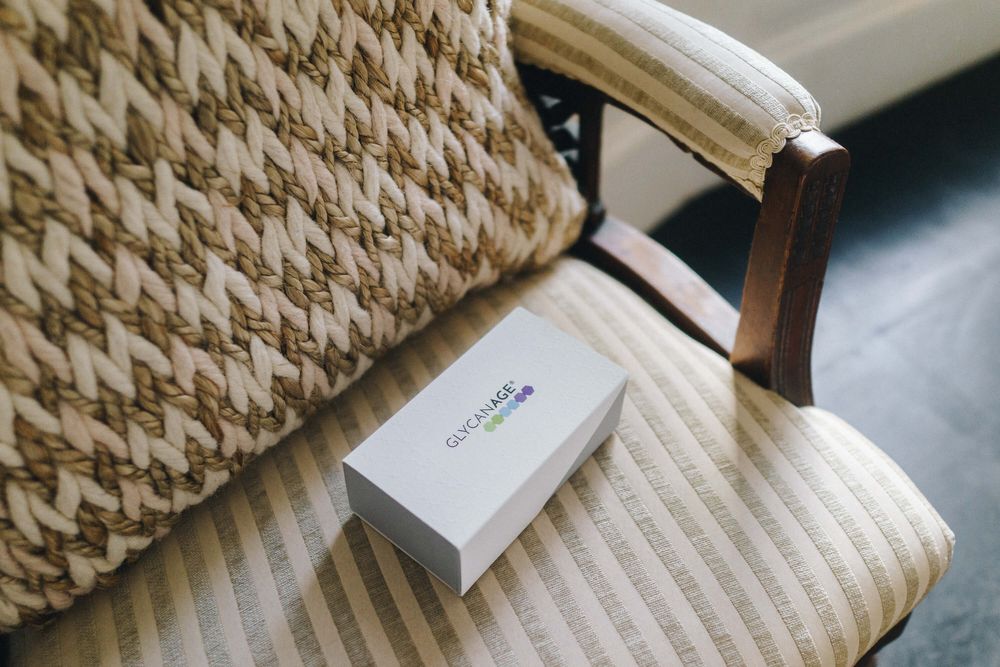We all react differently to stress. For example, it’s known that only 10-20% of people exposed to traumatic events will go on to develop Post-Traumatic Stress Disorder (PTSD), a severe mental health condition that dramatically impacts on people’s quality of life. This suggests that there is some diversity in the human population which makes some people vulnerable to stress while others are resilient. It is currently not known what these underlying factors are and whether they are encoded in our DNA or perhaps elsewhere within our cells. Nevertheless, scientists are actively searching for biological signals, or ‘biomarkers’, that will give us an indication about a person’s predisposition to developing PTSD. Having a simple biological readout of a person’s susceptibility to stress would be immensely useful in various occupational settings. For example, it could be integrated into career counselling programs or used as a screening tool for people wanting to enter professions with a high risk of exposure to traumatic events, such as first responders or military personnel. Moreover, by identifying the molecular machinery that makes a person vulnerable, it gives us a target for intervention that could be exploited for the development of novel therapies.
There is one class of biomolecule that is especially good at encoding information about the status of an organism and therefore has great biomarker potential: glycans. Glycans are sugar chains that can be added to other molecules, such as proteins and lipids, in order to modify their properties. Glycans are excellent biomarker candidates since they are relatively easy to measure and, unlike our genetic code which is fixed from the moment of conception, they are continually changing in response to external factors, such as our diet, lifestyle, and environment.
Can our glycans tell us something about our vulnerability to stress?
A recently published study has investigated just that. Using a rat model of PTSD, researchers studied the glycans attached to blood proteins to see whether there is a link between an animal’s glycan profile and the likelihood of developing PTSD. Just like in humans, exposure to a stressful stimulus triggered PTSD-like symptoms, such as anxiety and decreased social interest, in only a subset of rats (the ‘vulnerable’ group) while other rats did not display such behavioural changes despite experiencing the exact same treatment (the ‘resilient’ group). By taking blood samples from all rats both before and after the stressful event, researchers could not only observe the effects of stress on glycans directly, they could also compare the pre-stress glycan profiles of vulnerable and resilient rats to look for tell-tale differences that warn of susceptibility to stress. It turns out that vulnerable rats had a unique glycan ‘fingerprint’ even before experiencing any trauma which could potentially be used as a predictive marker. Of the dozens of glycans that were analysed, three were associated with increased vulnerability to stress. Of these, one is a particularly promising biomarker candidate that could distinguish between vulnerable and resilient rats with 90% sensitivity and 70% specificity.
Naturally, these findings still need to be validated by replication studies and it remains to be seen whether a similar association exists in humans. Nevertheless, the results of this study suggest that these glycans are worth investigating further and that they could be one of the underlying factors that determine how we respond to stressful situations. More broadly, these findings highlight the potential of glycans to act as tiny, sugary messengers that can reveal something about our inner selves. Glycans can tell us a lot about ourselves – we just have to learn how to read the signs.
Other articles you may like:
 Glycoscience
GlycoscienceHow Does GlycanAge Compare to Methylation as a Biomarker for Biological Age?
To learn more about the science behind the GlycanAge® biomarker of biological age and how does it compare to DNA methylation, check this 4 min video by Prof Gordan Lauc, founder of the Genos Glycoscience Research Institute and Director of the Human Glycome Project

By Prof Gordan Lauc, PhD
 Glycoscience
GlycoscienceCDG Disease: Congenital Disorders of Glycosylation
The glycosylation machinery inside the cell’s factories requires the coordinated action of hundreds of different enzymes working together in perfect harmony. If even one of these enzymes is not working properly, that can be a big problem.
![]()
By Mattia Vacchini and Thomas Klarić
 Glycoscience
Glycoscience


 By Prof Gordan Lauc, PhD
By Prof Gordan Lauc, PhD